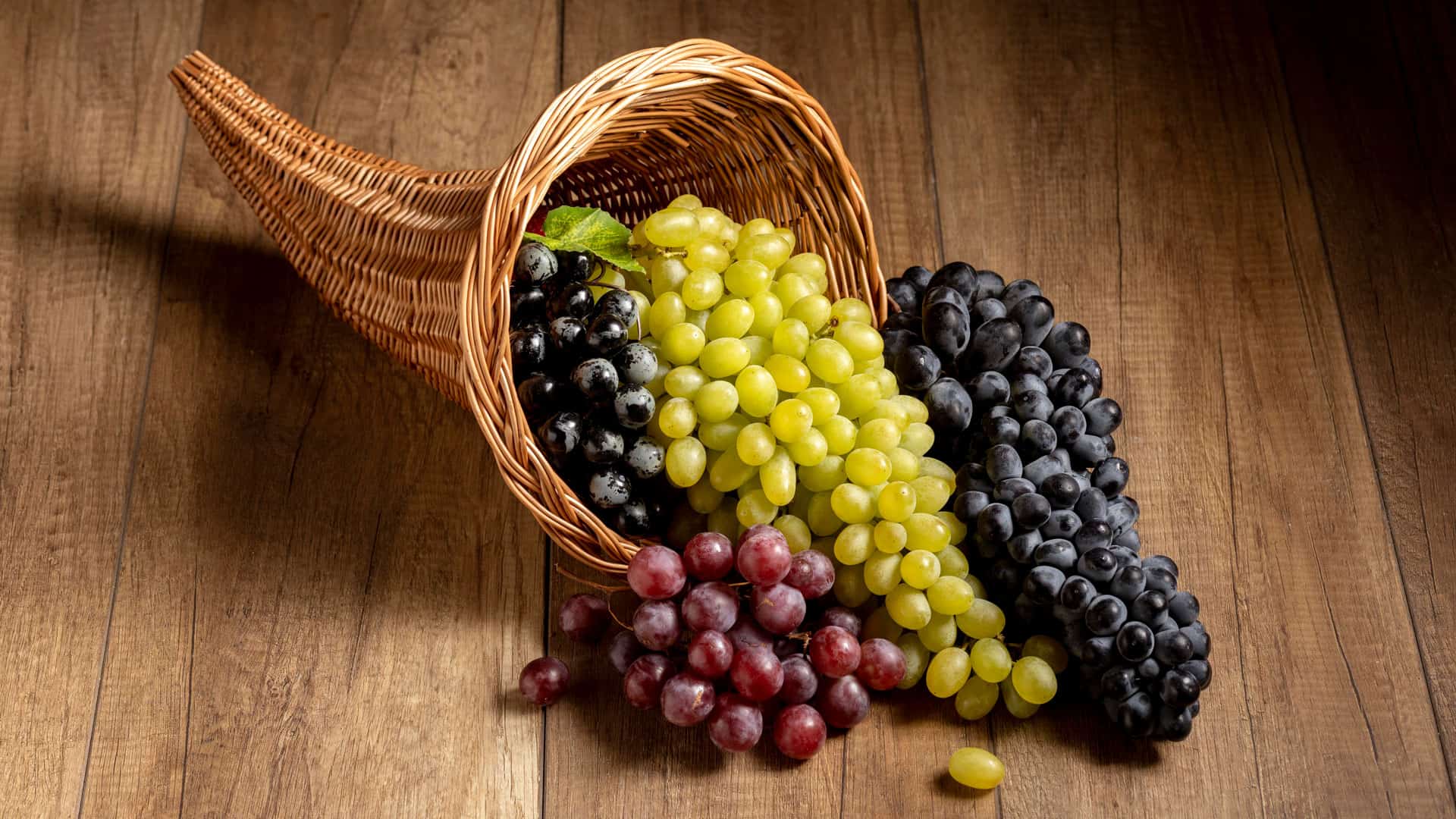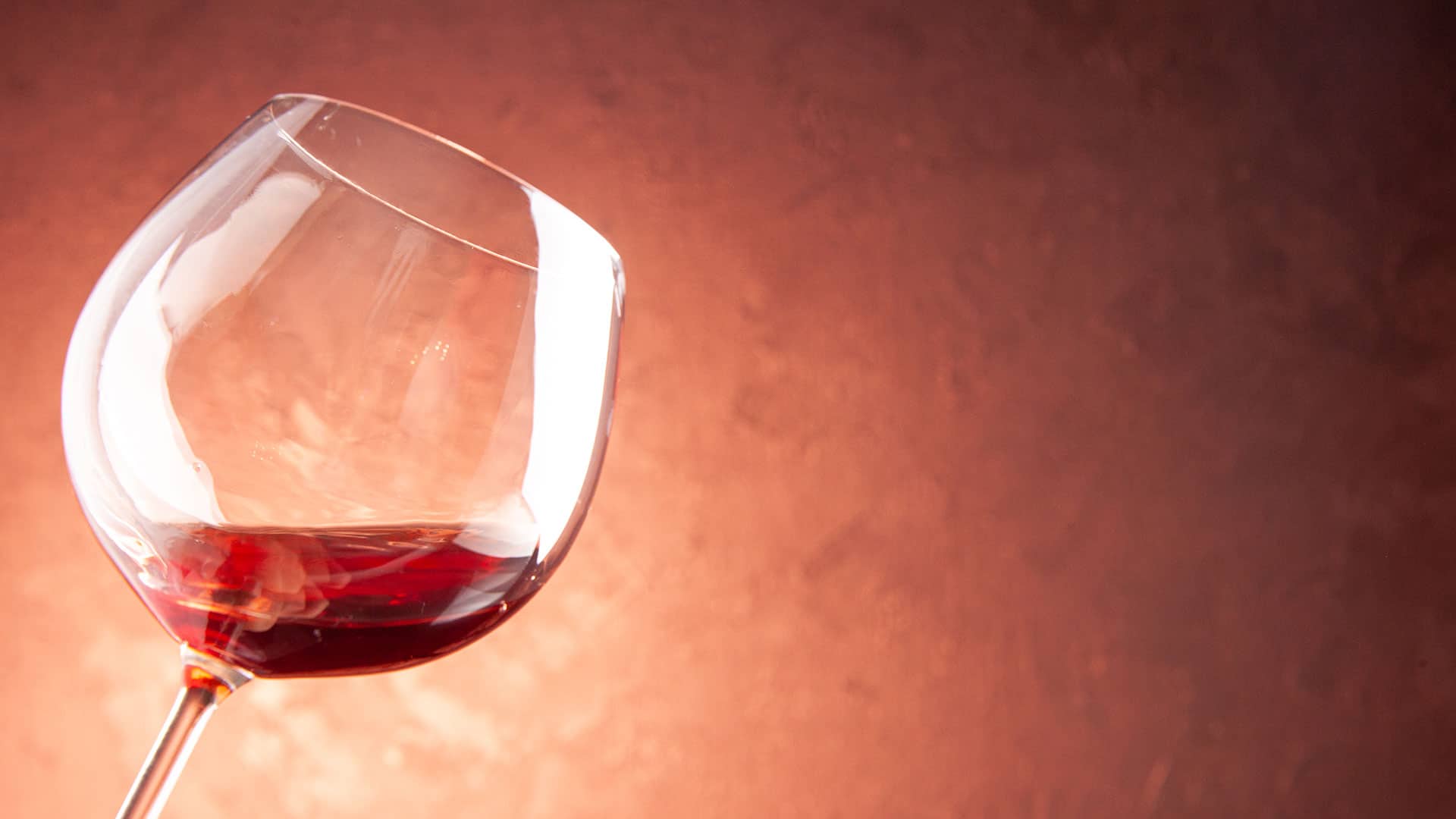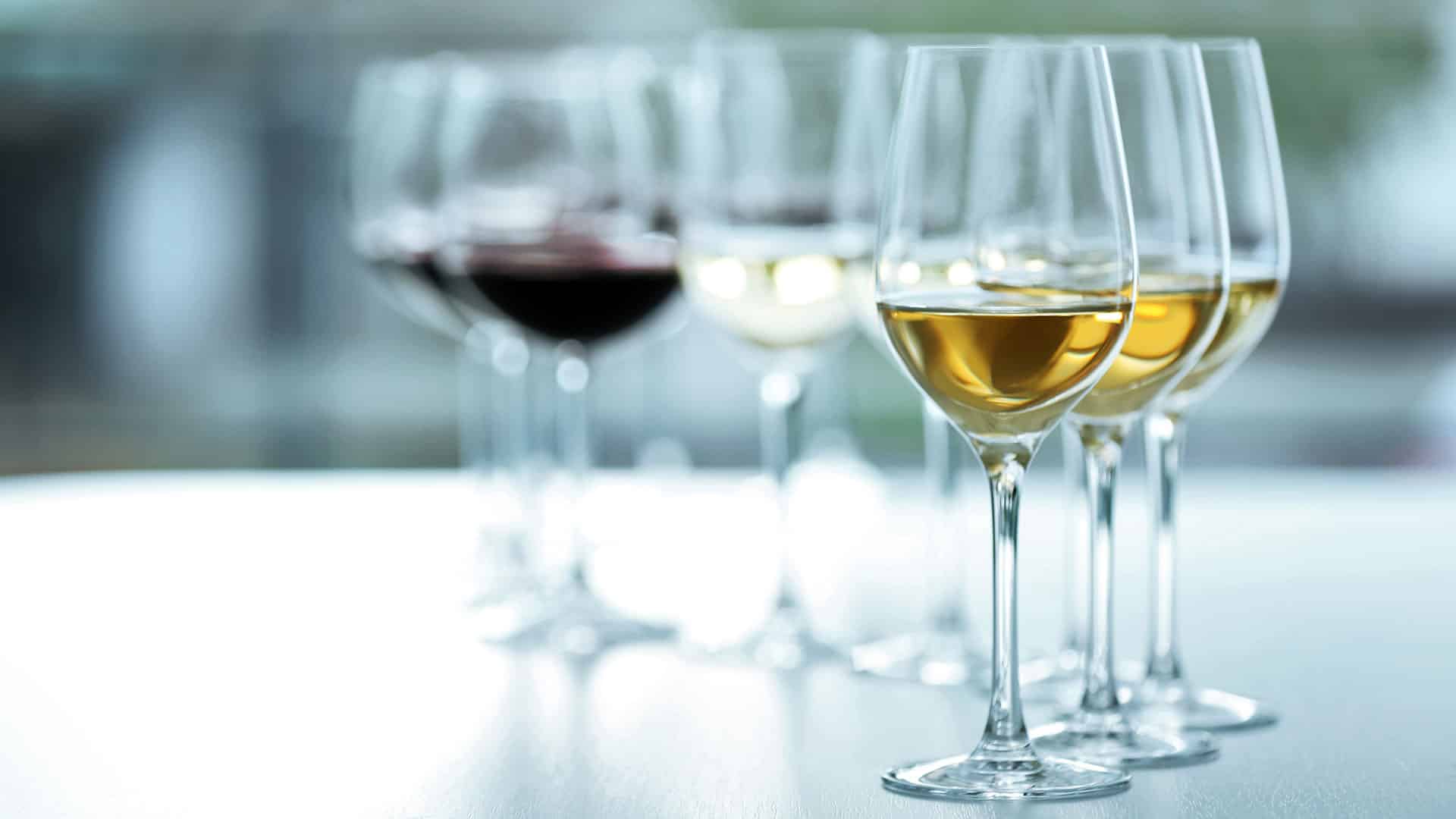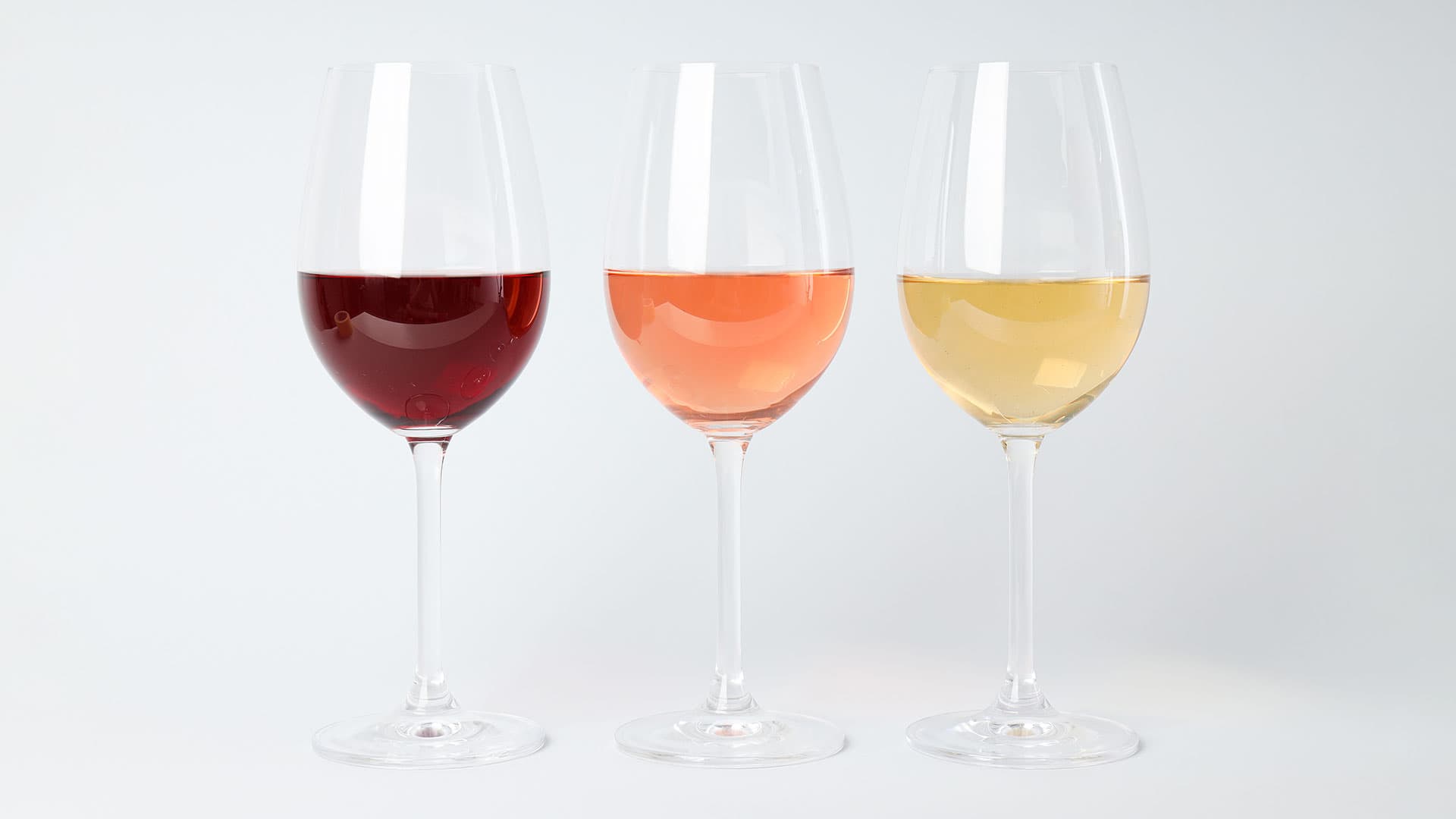Wine colors – now it’s getting colorful
White, rosé and red. The holy triumvirate of wine colors and at the same time the most striking, because obvious, distinguishing feature with which we perceive wine. And since the color of the wine is the first contact we have with the wine, you should devote some time and attention to this aspect. Because the play of color in the wine glass will reveal interesting and revealing details about the subsequent enjoyment even before you take your first sip.

The variety of colors of the wines is of course by no means limited to white, rosé and red. There are countless nuances and shades in between. But how do the different wine colors come about? The answer is manifold. The grape variety, the thickness of the grape skin, the duration of fermentation, the fermentation temperature, the alcohol content, the vintage, the age of the wine, its geographical origin and even the pruning and fertilization of the vines all have an influence on the color of the wine, but all of these have their origin in the grape skins.

In the world of wine, a distinction is made between a total of thirty different wine colors, divided into
| Eleven white wine colors: | Nine rosé wine colors: | Ten red wine colors: |
| Colorless | Salmon | Light pink |
| Light yellow | Grapefruit | Pink |
| Greenish yellow | Blood orange | Light red |
| Lemon yellow | Raspberry | Brick red |
| Straw yellow | Strawberry | Ruby red |
| Pale gold | Currant | Cherry red |
| Green gold | Pink | Garnet red |
| Yellow gold | Tomato | Purple |
| Old gold | Sweet cherry | Violet |
| Amber | Blue-black | |
| Yellow-brown |
The easiest and best way to recognize the right wine color is to hold the glass at a slight angle (to see the possible shades) and look down at the glass from above – as if from a bird’s eye view. Ideally, the background should be white (a simple sheet of white paper without lines or squares will do) and the room should have good, bright daylight. A little tip: With red wines, the right color is often shown at the edge of the glass and not in the center.

Of course, the individual colors indicate various important aspects and background information about the respective wine. A colorless or pale yellow white wine is usually a young wine that has been matured in stainless steel tanks. The color, on the other hand, reveals nothing about the intensity of taste, as there are also very intense white wines that come in a pale yellow. With rosé wines, the color says nothing about the quality of the wine. Light and younger red wines are generally lighter in color, whereas stronger, tannic red wines tend to be darker. As a general rule, red wines tend to become lighter over the years (with a slight brown tinge), while white wines tend to become darker as they age. The growing region and the climate in which the wines are produced also determine the color of the wine. Wines from cooler growing regions have lighter wine colors, while wines from temperate and warm climates have darker and stronger wine colors.


